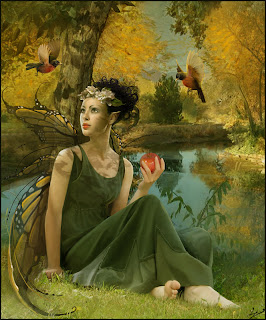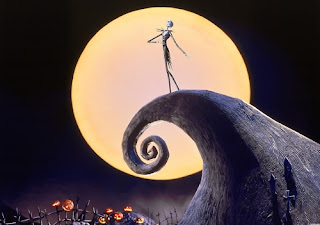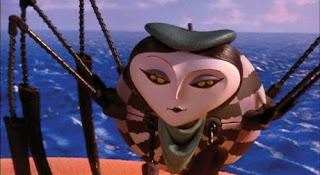Linda Bergkvist was born on September 5th, 1977 in Umeå, Sweden. She is an extremely talented illustrator and digital fantasy artist. Known as Enayla on several online art communities, Bergkvist is drawn towards illustrating dark fairy tales, focusing on the unnatural and the unreal.
Bergkvist won two master awards in Ballistic Publishing's book "Exposé I", then co-authored "d'artiste: Digital Painting" with three other leading artists. She has been planning a dark fairy tales book that will feature her paintings, but has not yet announced when the book will be finished.
I love the visual element of her fairy tales. How she includes images that are fantastical and unnatural and not quite real fascinates me to no end. She seems to revolve around old, cruel tales and the how wickedness comes wrapped up in lovely forms. I suppose, in a way, Linda mixes fantasy and horror with a little twinge of romantic idealization. Her digital art is absolutely flawless, not to mention extremely beautiful. I can honestly say that I am truly inspired by her work.





























